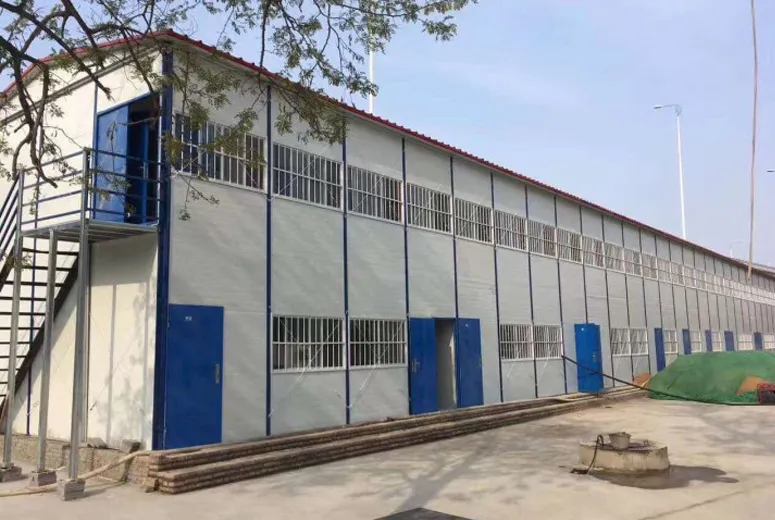- Afrikaans
- Albanian
- Amharic
- Arabic
- Armenian
- Azerbaijani
- Basque
- Belarusian
- Bengali
- Bosnian
- Bulgarian
- Catalan
- Cebuano
- Corsican
- Croatian
- Czech
- Danish
- Dutch
- English
- Esperanto
- Estonian
- Finnish
- French
- Frisian
- Galician
- Georgian
- German
- Greek
- Gujarati
- Haitian Creole
- hausa
- hawaiian
- Hebrew
- Hindi
- Miao
- Hungarian
- Icelandic
- igbo
- Indonesian
- irish
- Italian
- Japanese
- Javanese
- Kannada
- kazakh
- Khmer
- Rwandese
- Korean
- Kurdish
- Kyrgyz
- Lao
- Latin
- Latvian
- Lithuanian
- Luxembourgish
- Macedonian
- Malgashi
- Malay
- Malayalam
- Maltese
- Maori
- Marathi
- Mongolian
- Myanmar
- Nepali
- Norwegian
- Norwegian
- Occitan
- Pashto
- Persian
- Polish
- Portuguese
- Punjabi
- Romanian
- Russian
- Samoan
- Scottish Gaelic
- Serbian
- Sesotho
- Shona
- Sindhi
- Sinhala
- Slovak
- Slovenian
- Somali
- Spanish
- Sundanese
- Swahili
- Swedish
- Tagalog
- Tajik
- Tamil
- Tatar
- Telugu
- Thai
- Turkish
- Turkmen
- Ukrainian
- Urdu
- Uighur
- Uzbek
- Vietnamese
- Welsh
- Bantu
- Yiddish
- Yoruba
- Zulu
Rhag . 20, 2024 16:46 Back to list
The Multifaceted Uses of Warehouse Buildings
In the contemporary landscape of commerce and industry, warehouse buildings have evolved beyond their traditional roles of mere storage facilities. As the backbone of the supply chain, they have diversified to serve various functions that cater to the dynamic needs of businesses. This article explores the multifaceted uses of warehouse buildings, highlighting their significance in today’s economy.
1. Storage Solutions
At its core, the primary function of a warehouse remains storage. Warehouses are essential for businesses that require space to keep inventory before it reaches the consumer. They serve as large, organized spaces where goods can be stored safely and efficiently. This aspect is crucial for companies with fluctuating demand, allowing them to stockpile products during peak seasons and minimize inventory during slow periods. Advanced shelving systems and inventory management technologies have further enhanced the efficiency of storage within warehouses, enabling businesses to optimize space and enhance accessibility.
2. Distribution Centers
Warehouses have increasingly transformed into distribution centers, acting as hubs for the movement of goods. Businesses utilize warehouses to streamline their logistics and supply chain operations. These centers facilitate the sorting, packing, and shipping of products to retailers or directly to consumers. The rise of e-commerce has significantly spurred this trend, as companies strive to ensure fast and reliable delivery. Modern distribution centers often incorporate automation technology, such as conveyor belts and robotic systems, which improve the speed and accuracy of order fulfillment.
Closely related to distribution centers are fulfillment centers, which have gained prominence particularly in the online retail sector. These facilities are specifically designed to process online orders efficiently. When an order is placed, fulfillment centers receive the request, pick the items from inventory, package them, and then ship them directly to the customer. This model allows businesses to offer consumers reduced shipping times and enhanced customer service. Companies like Amazon have pioneered this concept, continually innovating to improve their fulfillment processes.
warehouse building use

4. Manufacturing and Assembly
Some warehouses have also adapted to function as manufacturing or assembly sites. This hybrid model enables businesses to consolidate their operations under one roof, reducing transportation costs and time. In such cases, warehouses are equipped with machinery and workstations where goods are produced or assembled. This is particularly advantageous for companies that rely on just-in-time manufacturing, allowing them to respond quickly to market changes without the need for vast production facilities.
5. Cold Storage
The food and pharmaceutical industries have stringent requirements for temperature-sensitive products. Cold storage warehouses have emerged as a critical component in these sectors, providing temperature-controlled environments for perishable goods. This specialized storage ensures that items such as fresh produce, dairy products, and medical supplies maintain their quality and safety until they reach their final destination. As global trade continues to expand, the demand for cold storage facilities is expected to rise significantly.
6. Event and Exhibition Spaces
In some cases, warehouses are repurposed into unique event and exhibition spaces. Their vast open layouts and high ceilings make them ideal for hosting conferences, trade shows, art exhibitions, or even concerts. This transformation not only breathes new life into these industrial structures but also offers a distinct atmosphere that attracts attendees seeking unconventional experiences.
Conclusion
The use of warehouse buildings has broadened significantly, reflecting the evolving demands of businesses and consumers alike. From traditional storage solutions to modern fulfillment centers and beyond, warehouses are integral to the functionality of various sectors. As technology continues to advance and consumption patterns shift, it is likely that these versatile structures will further adapt, showcasing their importance in the landscape of modern commerce. The journey of warehouses is a testament to their resilience and relevance in an ever-changing economic environment.
-
Cold Formed Steel Residential Framing
NewsMay.21,2025
-
Innovative Steel Structure Building Solutions
NewsMay.19,2025
-
Innovative Prefab Metal Shed Solutions
NewsMay.19,2025
-
Durable Steel Horse Shelter Solutions
NewsMay.19,2025
-
Durable Metal Shed Solutions
NewsMay.19,2025
-
Durable Big Metal Shed Solutions
NewsMay.19,2025
Products categories
Our Latest News
We have a professional design team and an excellent production and construction team.












